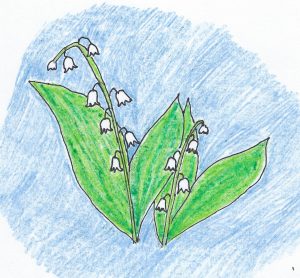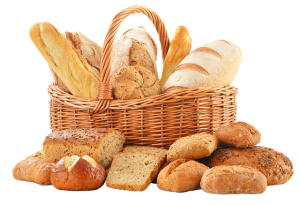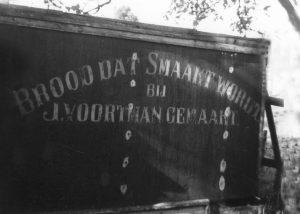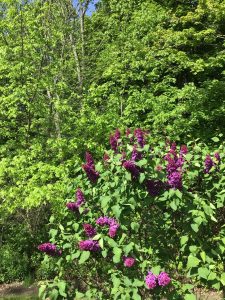
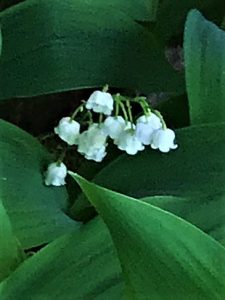
i thank You God
i thank You God for most this amazing
day for the leaping greenly spirits of trees
and a blue true dream of sky; and for everything
which is natural which is infinite which is yes
(i who have died am alive again today,
and this is the sun’s birthday; this is the birth
day of life and of love and wings and of the gay
great happening illimitably earth)
how should tasting touching hearing seeing
breathing any – lifted from the no
of all nothing – human merely being
doubt unimaginable You?
(now the ears of my ears awake and
now the eyes of my eyes are opened)
E.E. Cummings
Springtime in Canada can come in fits and starts, but when it truly arrives it feels as if all creation bursts out in rejoicing. Within a week, bare branches bud and then boldly spread their leaves to the sun, drawing a green curtain across our ravine for another summer season.
The birds call out their mating songs and build their nests to prepare for young. This year, before we could get the eavestroughs cleared, we found an energetic bird sweeping the old fall leaves over the edge with the enthusiasm of a spring-cleaning housewife.
And my favourite flowers burst into bloom: the magnolia, the lilac, the ground-covering lily of the valley that’s under our deck. I can count on lilies of the valley being part of a Mother’s Day posy bouquet, in a card or even virtually (as in our present pandemic circumstances). It is a gift I receive each year with gratitude.
In this resurrection of life in spring, we catch a glimpse of what it will be like for our senses to be fully awake, to live abundantly. In spring, there is new hope, so vital to our full participation in the world.
Hope depends on observation of the beauty around us and the ability to imagine beauty and life in the future. Faith undergirds that Hope: we trust that even if we can’t see what lies ahead, God’s Spirit ever hovers over creation. It is always at work beyond “all we can ask or imagine” (Eph. 3:20). It’s a brooding that nurtures our world and brings forth Love’s infinite variety.
